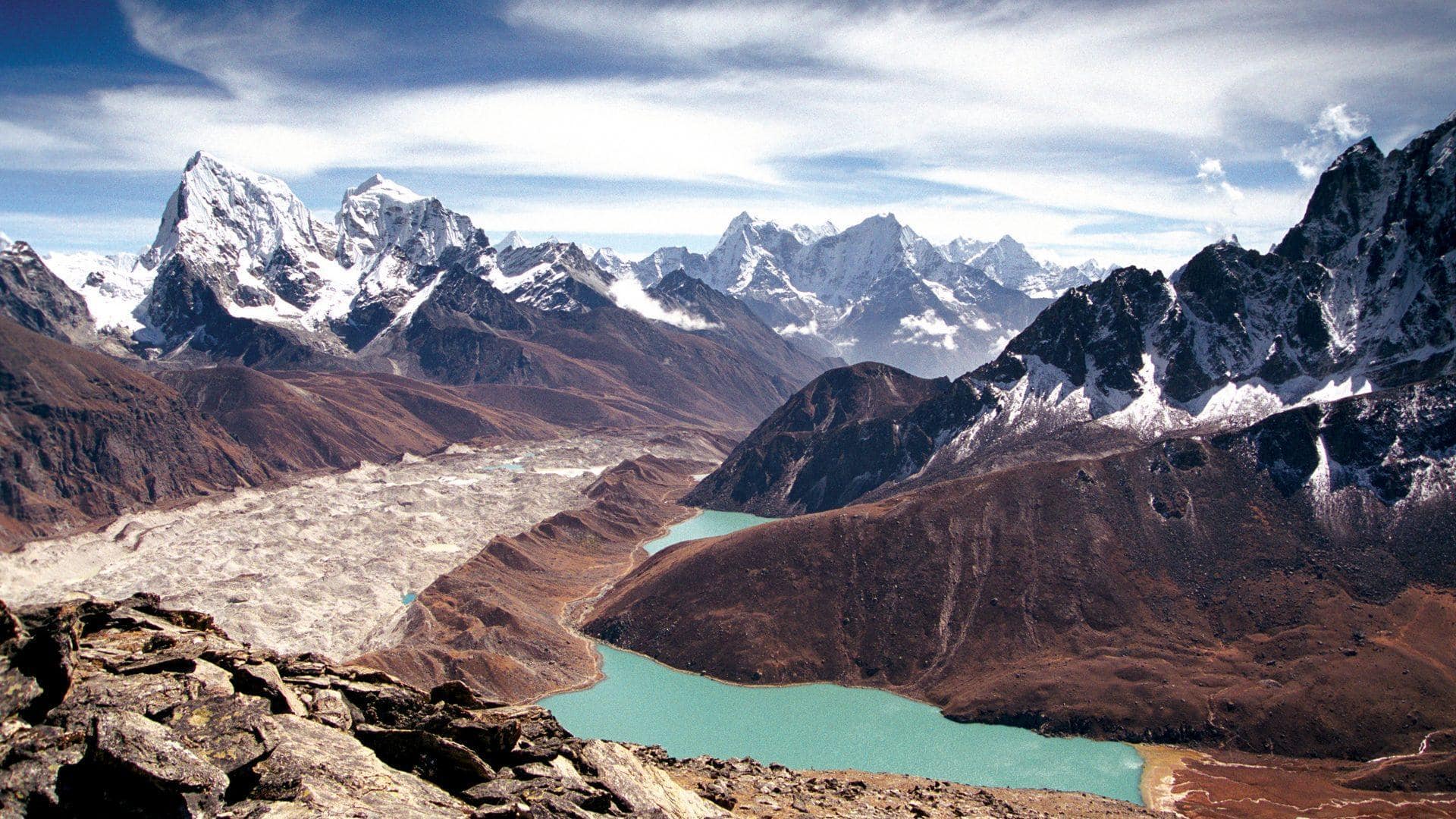
New map puts entire Himalayas in highest seismic risk zone
What's the story
India has unveiled a major update to its national seismic zonation map, placing the entire Himalayan arc in a newly created highest-risk Zone VI. The change comes as part of the revised Earthquake Design Code by the Bureau of Indian Standards (BIS). The new classification shows that 61% of India is now in moderate- to high-hazard zones, which will have major implications for building codes and urban planning.
Risk reclassification
Uniformity in seismic risk assessment
Vineet Gahalaut, director of the Wadia Institute of Himalayan Geology and former director of the National Center for Seismology, said the new map brings uniformity to the Himalayan belt. Earlier, it was divided across Zones IV and V despite similar tectonic stresses. The update also takes into account long-unruptured fault segments that pose risks, particularly in the central Himalayas, where no major surface-rupturing event has occurred for nearly two centuries.
Hazard alignment
New map aligns hazard levels with geology
The reclassification is a major shift in India's seismic assessment, recognizing that rupture in the outer Himalayas is likely to propagate southward until it hits the Himalayan Frontal Thrust. This change aligns hazard levels with geology rather than administrative boundaries. Now, any town on a boundary between two zones will automatically be placed in the higher-risk category, ensuring stricter standards for planners and engineers in vulnerable regions.
Global standards
BIS's revised map based on international standards
The BIS's revised map is based on internationally accepted probabilistic seismic hazard assessment (PSHA) methods. These take into account active faults, maximum potential magnitudes, ground-shaking behavior, tectonic regimes and underlying lithology. The earlier maps were mainly based on historical epicenters, damage reports and broad soil features. The new code mandates all new construction and infrastructure projects to follow the updated design code instead of the 2016 one, as nearly three-fourths of India's population now lives in seismically active regions.
Safety measures
Updated design code introduces extensive safety requirements
The updated design code also introduces extensive safety requirements for structural and non-structural components. For the first time, elements such as parapets, ceilings, tanks, facades and suspended fixtures must be securely anchored if they account for more than 1% of a building's weight. Buildings near active faults must be designed to withstand severe pulse-like ground motions typical of near-fault quakes.
Additional regulations
New norms cover liquefaction, soil flexibility
The updated code also introduces new norms covering liquefaction, soil flexibility and site-specific ground-response spectra. Expectations for critical infrastructure have been tightened as well. Hospitals, schools, bridges, pipelines and major public buildings must remain functional after major earthquakes to ensure emergency response and continuity of essential services. An "exposure window" has also been added that incorporates population density, infrastructure concentration and socioeconomic vulnerability through the PEMA method.